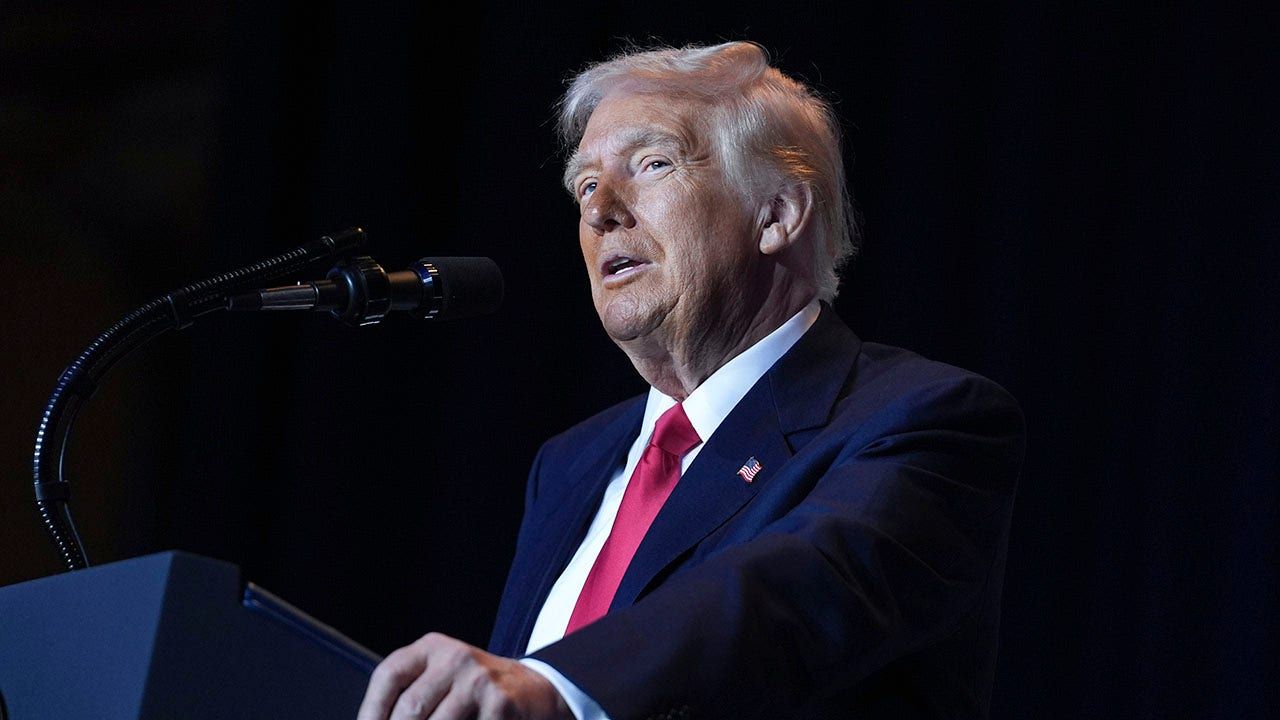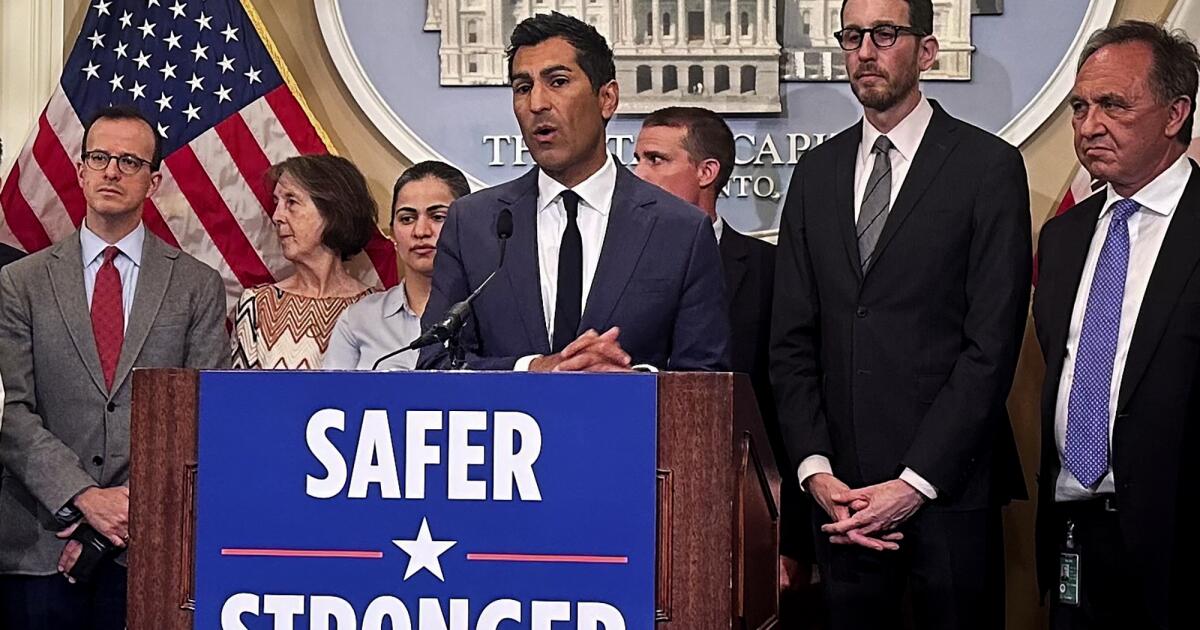NEWNow you can listen to Fox News articles!
One of the boldest and most consistent issues on the health agenda of President Donald J. Trump is his determination to reduce the role and power of intermediaries.
From insurance companies to pharmacy benefits (PBMS), and even hospitals, these intermediaries benefit from the inefficiencies of our swollen health system. The result is higher costs for American families. As I explain in my new book, “Trump Trump: the best return in the United States”, the United States's health system is not expensive just because attention is expensive. It is expensive because the system is complex, by design. The third -party payment structure, whether public or private, adds layers of bureaucracy. This opens the door for intermediaries to offer alleged solutions that meet their own results, not patients. It is a vicious circle: more rules lead to more intermediaries, which leads to even more rules, bureaucracy and growing costs.
President Trump understood this, and took action.
Trump's health order will help fix medical care for all
In his first term, he issued an innovative executive order on price transparency. For the first time, hospitals should reveal the real cost of procedures, allowing patients to compare prices before receiving care. While the administration drove the application weakened, Trump doubled in his second mandate with an even stronger impulse for what he called “radical transparency.”
Radical transparency is the antidote for the worst inefficiencies of medical care. When patients and employers can see wide price differences for the same procedures, even within the same hospital system, games played behind the scene are exposed. These inflated prices often have little to do with quality and everything to do with how well the insurers negotiate, or how many intermediaries take a cut.
The same is true for prescription medications. PBMS – Giant corporations that control which medications are already covered what cost – use their market power to inflate prices. Three PBM control 80 percent of the market. They are often subsidiaries of the main insurers, forming vertically integrated monopolies. New data from the Pacific Research Institute show that most PBMs make more money with high -cost recipes than European countries. It is not surprising that Americans are paying more.
Hospitals also play a role. Many exploit a well -intentioned federal program known as 340b, which allows them to buy medications with pronounced discounts. Instead of passing patients savings, they invoice full price insurers and Bolsan difference. The program was intended to expand care for low -income patients, but there is little supervision to ensure that this happens.
President Trump's recent executive order on the price of the drug is directed to this broken system. By creating a route for manufacturers to sell directly to patients, health plans, pharmacies and clinics, without marking, it is offering a way to avoid intermediaries. This is not theory, it is already working. When insulin manufacturers launched direct programs to the consumer, they sold the same medication in a room the price that patients were paying through insurance, while there is a stop earnings. That is the power of the real market competition, without a single government pricing control.
This contrasts with the vision from top to bottom of the left. These are price controls, centralized purchases or insurance managed by the government, the response of the left is always more bureaucracy. But more bureaucracy means more complexity, and more space for intermediaries to prosper.
Perhaps the most visionary part of President Trump's medical care agenda is his call to make the United States again healthy. For decades, we have operated a “disease care” system focused on treating a disease after it occurs. Trump's approach is different. Emphasizes prevention, lifestyle and personal responsibility: convert Americans from passive receptors into active participants in their own health.
Click here for more Fox News opinion
In this model, the role of the government is not to execute the system, but to create an environment in which patients and doctors can lead, with access to better tools, more transparency and useful information. That means a clearer labeling for ultra prosecuted food, guaranteeing standard scientific data free of conflicts of interest and addressing environmental factors that contribute to chronic disease. These types of structural reforms allow people to make informed decisions and live healthier lives, without mandates or micrognition.
It is a model that eliminates the last intermediary: the system itself.
Click here for more Fox News opinion
The leadership of President Trump has laid the foundations for a transparent health system, focused on the patient and free market. But work is not done. Congress should join him to continue this fight, not only to reduce costs, but to restore power to the American people.
The United States deserves a health system that benefits Americans, not to industry's intermediaries.












